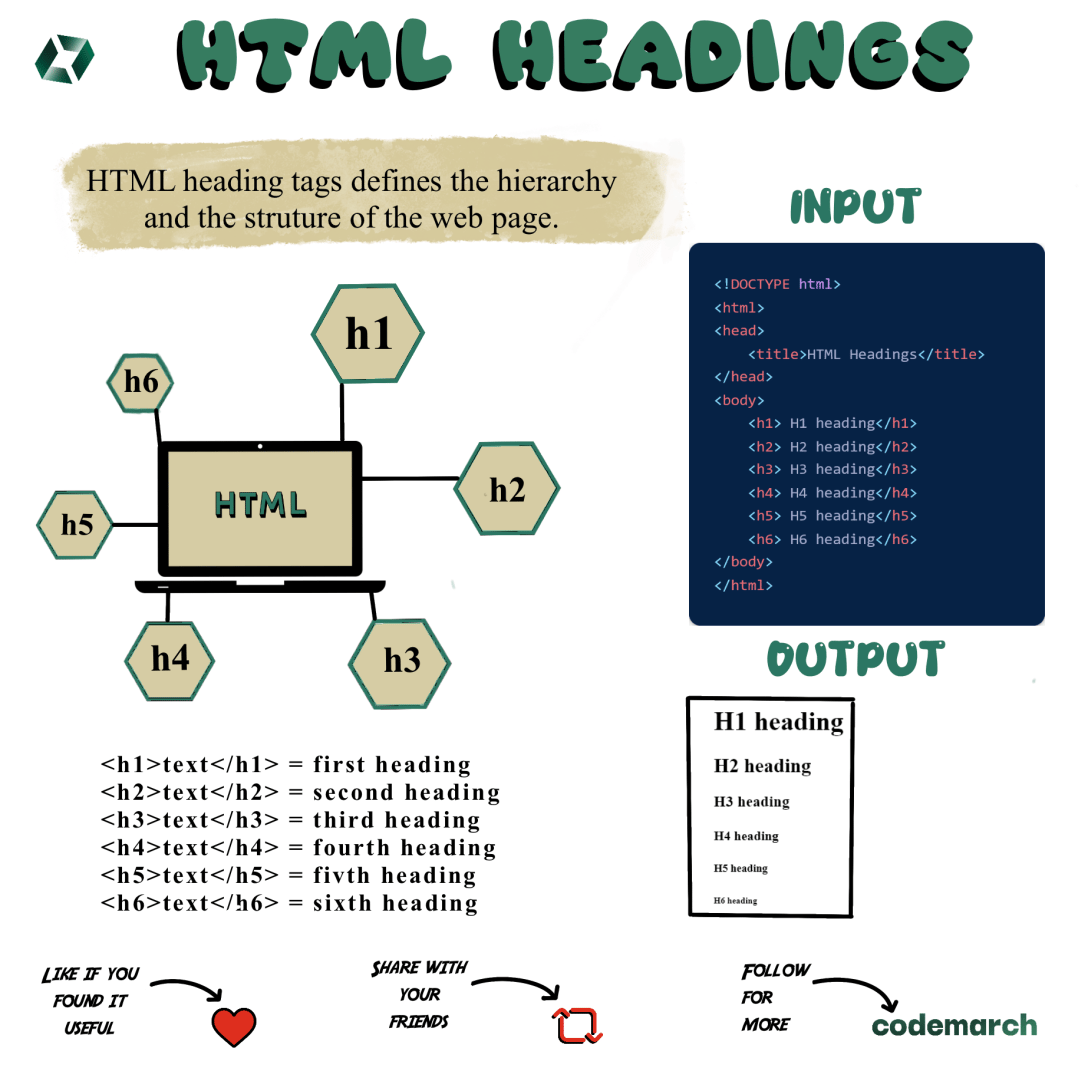- The Dev Chronicle
- Posts
- The Dev Chronicle #2
The Dev Chronicle #2
Your Ultimate Guide to Trending Web Development News, Tools, and Tips
🌟 Welcome to This Week's The Dev Chronicle! 🌟
Hello, there!
Welcome to our weekly dose of web development stories, tools, tutorials, and more. We're glad to have you with us. Let's dive in!
📌 Table of Contents
1. Weaving the Web: Top Stories in Development
2. Tool Time: Sharpen Your Web Crafting Skills
3. Blueprints for Success: Your Weekly Project Challenge
4. Picturing Code: Visual Breakdowns of Your Favorite Topics
5. Spotlight & Success: Interview Insights for the Modern Dev
🌐 Weaving the Web: Top Stories in Development
🛠️ Tool Time: Sharpen Your Web Crafting Skills
1. Iconoir: A high-quality selection of free icons. No premium options or sign-ups.
2. Free Illustrations: Your sources for 100% free Illustartions.
3. Ray.so: Create stunning code snippets. 🎀💻
🚀 Blueprints for Success: Your Weekly Project Challenge
This week, let's create a simple personal profile webpage using HTML. Check out the step-by-step guide on the requirements:
Assignment: Create a Recipe Website
Requirements:
1. Create an HTML file named "recipes.html".
2. Include the necessary HTML tags to define the structure of the document, such as the , , , and <title></title> tags.
3. Inside the tag, add a <title></title> tag to give your webpage a title, such as "Delicious Recipes".
4. Use appropriate heading tags (`<h1>`, </h1><h2></h2>, etc.) to create a hierarchy of headings on your recipe website. For example:
- Use an <h1></h1> tag for the main heading of your website, e.g., "Delicious Recipes".
- Use <h2></h2> tags for categories such as "Breakfast", "Lunch", "Dinner", and "Desserts".
- Use <h3></h3> tags for individual recipe titles within each category.
5. Create sections for each category and add at least three recipe titles under each category. For example:
- Under the "Breakfast" category, include recipes like "Fluffy Pancakes", "Avocado Toast", and "Egg and Cheese Muffins".
- Under the "Lunch" category, include recipes like "Greek Salad", "Chicken Wrap", and "Quinoa Bowl".
- Repeat this pattern for the "Dinner" and "Desserts" categories.
6. Use the <ul></ul> and <li></li> tags to create an unordered list for the ingredients of each recipe.
7. Use the <ol></ol> and <li></li> tags to create an ordered list for the steps or instructions of each recipe.
8. Add images of the prepared dishes to make the webpage visually appealing. Use the <img> tag and provide the image URLs or file paths as the attribute.
9. Use proper indentation and formatting to make your HTML code easily readable.
10. Save your HTML file and open it in a web browser to see your recipe website.
🎨 Picturing Code: Visual Breakdowns of Your Favorite Topics

💡 Spotlight & Success: Interview Insights for the Modern Dev
Our top tip this week?
Interview Tip for Web Developers: Highlight Your Projects & Portfolio
When interviewing for a web developer role, focus on highlighting your best projects and portfolio. Provide a concise overview of each project, emphasizing the purpose, your role, technologies used, and any notable achievements. Offer live demonstrations or prototypes, share source code when appropriate, and discuss your contributions and challenges faced. Show enthusiasm for continuous learning and communicate effectively, tailoring explanations to the interviewer's understanding. By showcasing your work effectively, you can leave a strong impression and demonstrate your skills.
And that's a wrap for this week! As always, we appreciate your feedback. Let's keep learning, exploring, and coding together. See you next week! 😃
Happy coding,